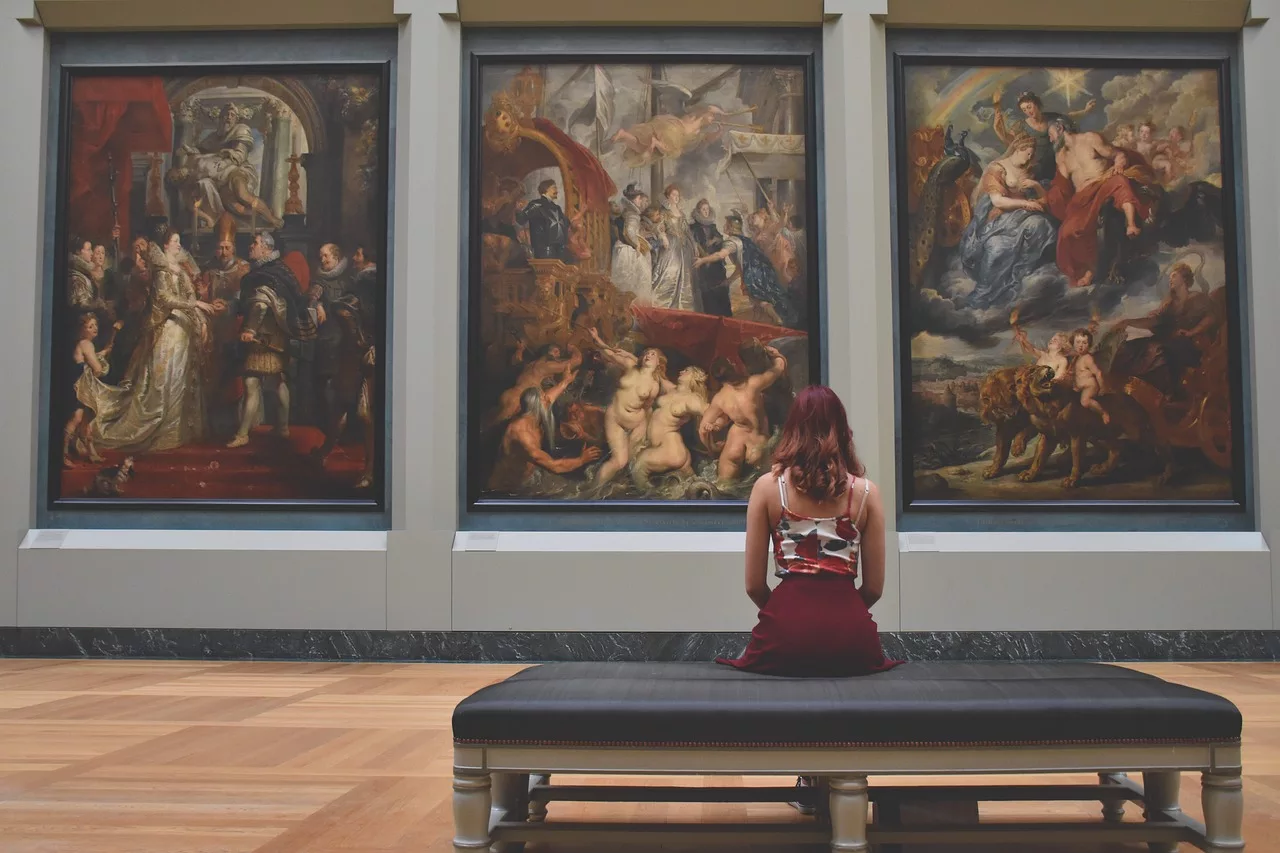Every time I immerse myself into the brooding specter of World War II, I find myself profoundly intrigued by one of its less-lethal yet equally sinister narratives – the systematic looting of art. One might argue that there are graver matters to consider in the crucible of conflict, but this saga of stolen masterpieces carries with it a profound commentary on the cultural devastation caused by wartime rapacity.
It is, indeed, a strange thing, this swiping of masterpieces amidst the smoke of gunpowder. But it is not without precedent. Since antiquity, victorious armies have been seizing the cultural and artistic treasures of the vanquished as symbols of their supremacy. The Romans did it to the Greeks, Napoleon did it across Europe, and the Allies did it to the Axis. In the annals of wartime pilferage, however, World War II assumes an unparalleled notoriety.
There is a sense of tragic paradox about this. At a time when civilization was supposed to be at its most enlightened, its most sophisticated, it nevertheless descended into barbarism. We built great cities, great societies, great institutions, and great works of art, only to watch them crumble under the weight of our own savagery.
One of the most egregious examples was the theft of the “Amber Room.” Originally constructed in the 18th century in the Catherine Palace of Tsarskoye Selo, Russia, this exquisite chamber was adorned with amber panels backed with gold leaf and mirrors. When the Nazis invaded the Soviet Union, they dismantled this masterpiece and transported it to Germany. The Amber Room vanished in the dying days of the war and has never been recovered.
The hauntingly beautiful “Portrait of a Young Man” by Raphael also vanished during this time. Regarded as one of the most important paintings in the world, it was confiscated by the Germans from the Czartoryski family in Poland and later moved to the Wawel Castle in Krakow. Despite concerted efforts, this masterpiece has yet to be found.
The metaphor here is not subtle. The deliberate destruction and looting of these masterpieces was akin to cultural vandalism. The theft of art was a way for the invading countries to exert power and dominance, not only in a physical sense but also in an intellectual and cultural one.
Art is the lifeblood of civilization. It transcends the language of nations and tells our collective story. It gives us a sense of identity and continuity. To steal art is not just to take an object, but to steal part of our identity, part of our history, and part of our humanity. To lose such artworks is to lose part of our collective memory.
Yet, perhaps we can find a glimmer of hope in this sad saga. For every stolen masterpiece, there are countless more that endure. Every work of art is a testament to the resilience of the human spirit, a tangible reminder of our ability to create beauty in the face of devastation.
So, let us remember the lost art of World War II, but let us also remember that their absence is a potent symbol of defiance. It is a testament to the fact that while tyrants can steal our masterpieces, they cannot steal our capacity for creativity, our resolve to rebuild, and our enduring belief in the transcendent power of art.
In the end, these stolen pieces serve as a brutal reminder, a battle cry for the preservation of cultural heritage in times of conflict. They should ignite in us a defiant spirit, one that recognizes the profound value of art as a beacon of our shared humanity. And in that shared humanity, there lies the true victory of the human spirit over the scourge
